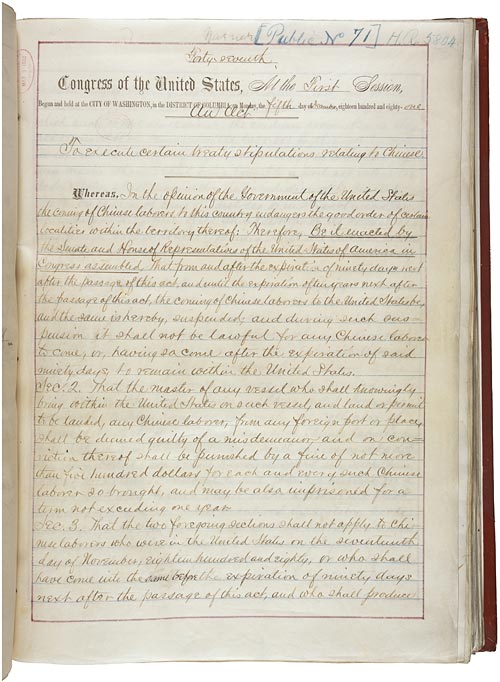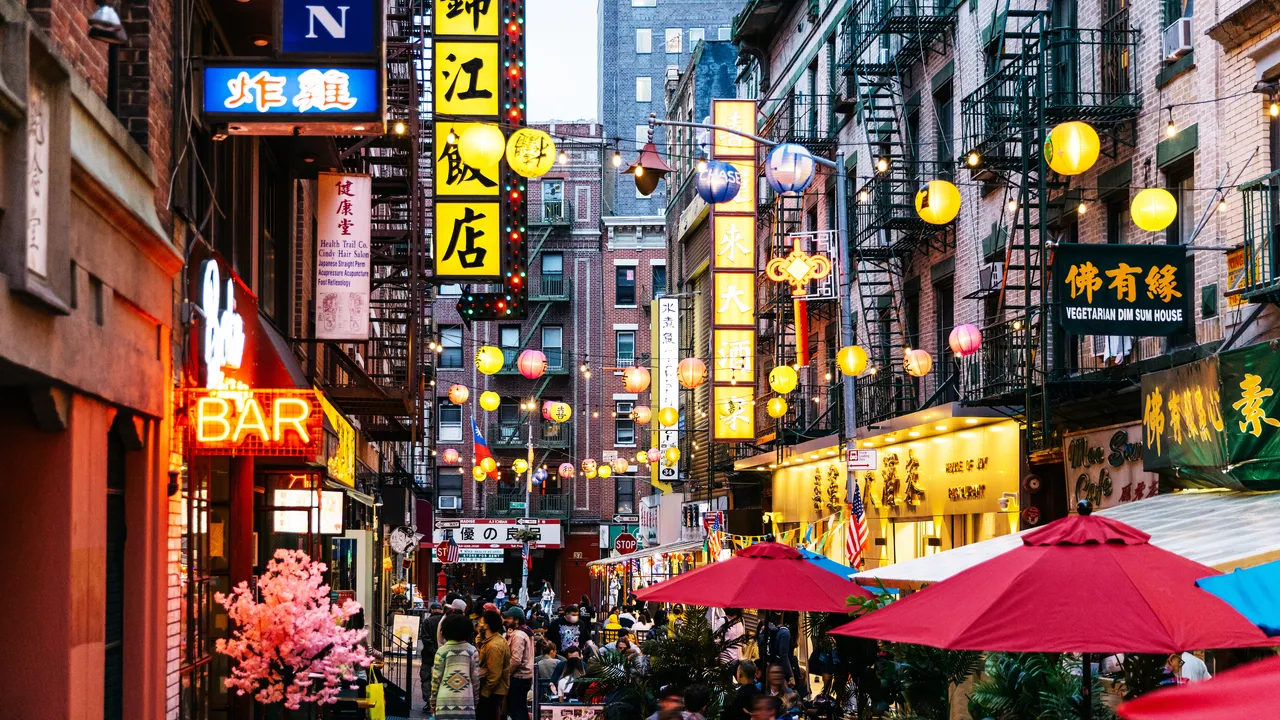 THE CHINESE EXCLUSION ACT OF 1882
THE CHINESE EXCLUSION ACT OF 1882
The Chinese Exclusion Act of 1882 marked a significant turning point in American immigration policy, creating lasting impacts on both Chinese immigrants and the broader landscape of U.S. immigration laws. As we delve deeper into the essay, let’s explore how this legislation affected specific individuals, businesses, and families, particularly in New York City’s Chinese community. We’ll also discuss its legacy in shaping modern immigration policies, especially during the Trump and Biden administrations.
IMPACT ON SPECIFIC INDIVIDUALS AND COMMUNITIES
The Chinese Exclusion Act had profound effects on Chinese immigrants, separating families and limiting opportunities for economic and social advancement. For instance, consider the story of Mr. Chen, a skilled laborer who came to the United States to seek better opportunities. Due to the Act, Mr. Chen was unable to bring his wife and children to join him, leading to years of separation and hardship. Similarly, businesses run by Chinese immigrants faced challenges as the Act restricted the influx of new immigrants who could have contributed to the growth of these enterprises.
In New York City, which had a significant Chinese immigrant population, the Act’s impact was keenly felt. Families were torn apart, businesses struggled to thrive without fresh labor inputs, and the community as a whole faced stigmatization and discrimination. However, amid these challenges, cultural practices like nine-man volleyball emerged as symbols of resilience and community solidarity.
LEGACY AND MODERN PARALLELS
The Chinese Exclusion Act’s legacy extends far beyond its initial enactment. It set a precedent for discriminatory immigration policies and shaped public perceptions of immigrants, particularly those from Asian countries. Fast forward to the Trump era, and we see echoes of exclusionary rhetoric and policies targeting immigrants, particularly those from the Southern border.
During Trump’s presidency, policies such as the travel ban and aggressive immigration enforcement sparked debates about the fundamental values of inclusivity and refuge that America has long purported. The heart of these policies seemed to deviate from America’s historical narrative as a nation built by immigrants seeking freedom and opportunity.
However, while Biden’s administration brought promises of change, significant reforms to immigration policies remained elusive. The complexities of bipartisan politics, legal challenges, and public opinion shaped the pace and scope of immigration reforms. The Chinese Exclusion Act’s shadow loomed large over these discussions, reminding policymakers and the public of the enduring impact of past discriminatory laws.
HISTORY OF CHINATOWN
The establishment of Chinatown in the United States is intricately linked to the historical context of the Chinese Exclusion Act and its impact on Chinese immigrants. In cities like San Francisco, New York City, and Los Angeles, Chinatowns emerged as enclaves where Chinese immigrants could find community, support, and a semblance of home in a foreign land. The Act, by restricting Chinese immigration and creating a sense of exclusion from mainstream society, pushed Chinese immigrants to congregate in these neighborhoods for safety, cultural preservation, and economic survival.
Chinatowns served as hubs of resilience and cultural continuity, offering a familiar environment amidst the challenges posed by discriminatory laws and social attitudes. The close-knit communities within Chinatowns provided mutual aid, language support, and opportunities for businesses to thrive despite external pressures. Within this context, businesses like restaurants, grocery stores, and cultural centers became not just economic ventures but also symbols of identity and belonging for Chinese immigrants.
The Chinese Exclusion Act, while fueling discrimination and hardship, paradoxically contributed to the resilience and endurance of Chinatown communities. These neighborhoods became more than geographical locations—they became embodiments of the Chinese American experience, navigating adversity, preserving heritage, and forging a sense of unity in the face of exclusionary policies. Today, Chinatowns continue to evolve as dynamic cultural centers, highlighting the enduring legacy of immigrant communities in shaping the fabric of American society.
NINE-MAN VOLLEYBALL: A CULTURAL RESPONSE TO ADVERSITY
Nine-man volleyball became a vital part of Chinese immigrant communities, providing a space for social connection, recreation, and cultural expression. In Chinatown neighborhoods across the country, including New York City, teams formed and competitions were held, fostering a sense of belonging and pride. Players and spectators alike found solace and camaraderie in this sport, which became more than just a game—it became a statement of identity and resilience in the face of exclusionary policies.
CONCLUSION: NAVIGATING THE LEGACY OF EXCLUSION
In conclusion, the Chinese Exclusion Act of 1882 left an indelible mark on American history, immigration policies, and the experiences of Chinese immigrants. Its effects reverberated through generations, shaping cultural adaptations like nine-man volleyball and influencing debates on immigration in modern times.
As we reflect on this history, it’s crucial to recognize the resilience and contributions of immigrant communities throughout American history. While legal frameworks evolve and political landscapes shift, the enduring lesson from the Chinese Exclusion Act is the need for compassion, fairness, and inclusivity in shaping immigration policies that uphold America’s values as a land of opportunity and refuge for all.
